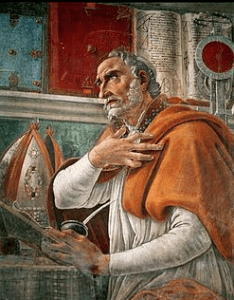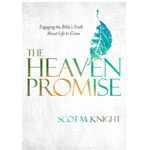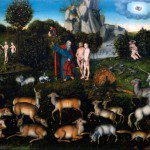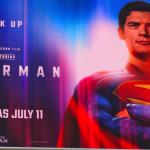 I can think of a handful of reasons to read biographies, and in parenthesis is someone for whom that reason applies: to learn more about someone you like to read (Twain), to get the inside scoop on someone you don’t (admittedly so) like to read (Mencken), to understand the historical context and development of a person’s life (Nietzsche), to compare one person with another (Schweitzer, Ritschl), and to get perspective on someone you want to learn more about (tada, today’s post).
I can think of a handful of reasons to read biographies, and in parenthesis is someone for whom that reason applies: to learn more about someone you like to read (Twain), to get the inside scoop on someone you don’t (admittedly so) like to read (Mencken), to understand the historical context and development of a person’s life (Nietzsche), to compare one person with another (Schweitzer, Ritschl), and to get perspective on someone you want to learn more about (tada, today’s post).
Why do you read biographies?
Last year when I was speaking at Point Loma in San Diego — an incredible campus — I spent a little time with Dean Nelson and he told me his book on John Polkinghorne was coming out. I had not read much Polkinghorne at the time, I had read about him, I had read snippets, and what Dean was describing was just the sort of book I was interested in reading. Dean and Karl Giberson have written just the book: Quantum Leap: How John Polkinghorne Found God in Science and Religion (Monarch, 2011). I really enjoyed this well-written, engaging book and commend it heartily to you if you care to probe science and faith through the lens of one person’s life.
Big picture: Polkinghorne (KBE, FRS) is a particle physicist, was involved in the discovery of quarks, was a major scientist as a professor at Cambridge for 25 years or so, and then up and left the academy, studied to be an Anglican priest, and became just that — and the most moving chapter for me was the one on his pastoral work in the small parish north of Canterbury where this world-class physicist did the normal routine rounds of parish visitation (vicar of Blean). He spent his ministry years probing the relation of science and faith, and has written a number of books, and one I recently read is called Science and Religion in Quest of Truth.
Here are some features of this book: a good sketch of the science/faith discussion that locates where Polkinghorne fits (he is not playing the evangelical game; an abundance of quotations from Polkinghorne as a result of Dean’s interviews; he’s a scientist who believes in the resurrection, etc, but he goes where science leads him). He’s unafraid. Faith is in some ways a theory that has to be open to re-evaluation. This will no doubt put some people off; I loved it. His approach is a bottom-up approach to knowledge. And it is perhaps right here that Polkinghorne is important in this discussion: he’s confident (he’s got what Newbigin would call a “proper confidence”) but he’s not certain; he’s humble and not cock-sure; he’s learning and listening not dogmatic and defensive.
There are reflections, from a scientific perspective, on prayer (aligning himself with God) and on life after death and on eternity (he is a hopeful universalist, on the open theism side of things since he’s into chaos theory), miracles (interaction, not intervention); he sees significant development within the Bible; the soul “is the pattern that is me”; he’s an inclusivist when it comes to world religions issues. He loves the eucharist. He’s impressed with the Anthropic Principle that makes him think of God as designer. He’s not into intelligent design, but into fine-tuning and he thinks positing God is the best explanation.
The world that science describes seems to me, with its order, intelligibility, potentiality and tightly-knit character, to be the one that is consonant with the idea that it is the expression of the will of a Creator, subtle, patient and content to achieve his purposes by the slow unfolding of process inherent in those laws of nature which, in their regularity, are but the pale reflections of his abiding faithfulness (116).
And the purpose of this world is for its creatures to experience what this world is becoming.
This expression says it best. Polkinghorne is “a theologically informed scientist with the heart of a village priest” (127).











